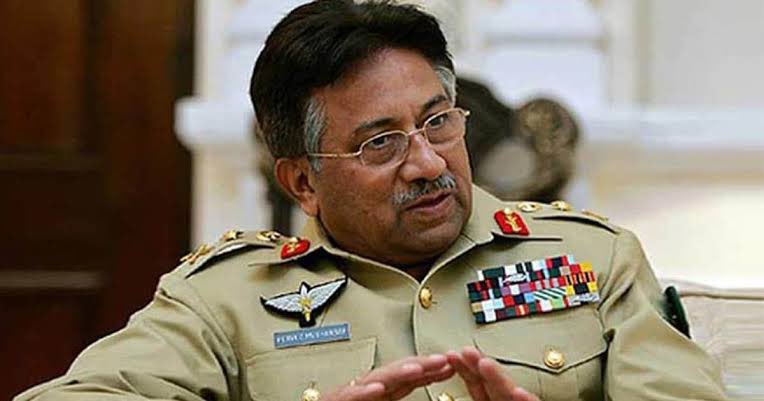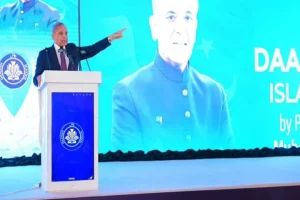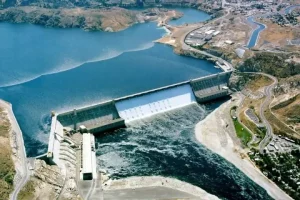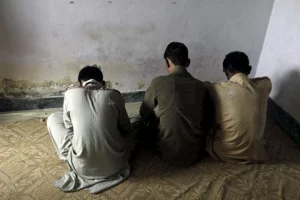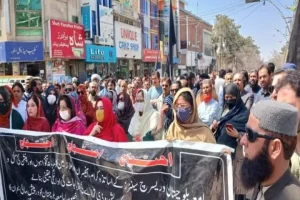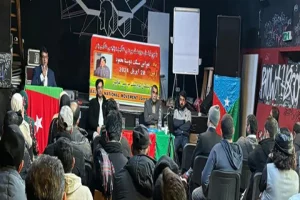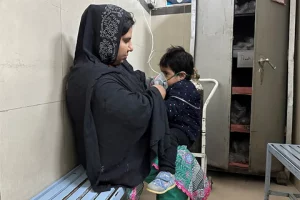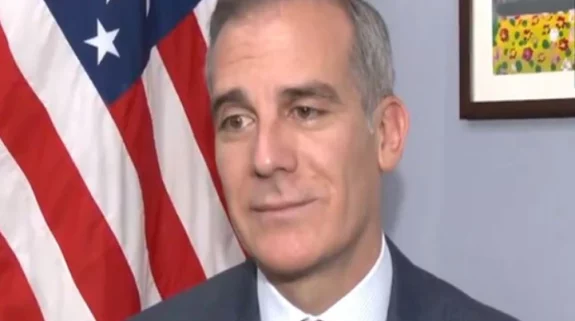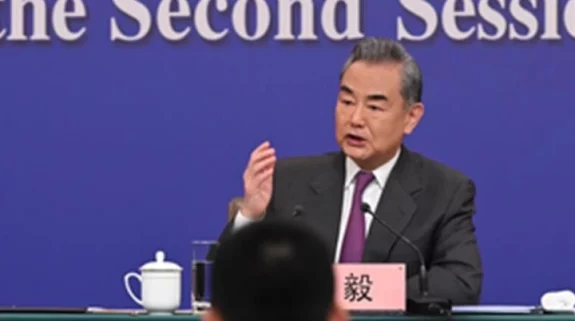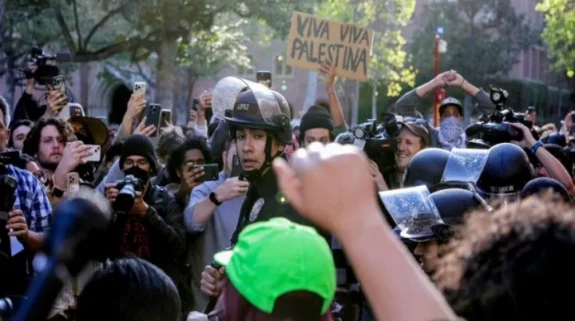Pervez Musharraf–former President, Army Chief and military dictator all rolled into one– passed away in a Dubai hospital on Sunday.
His death has triggered a polarised response in India. Many have despised Musharraf for starting the Kargil war, strangulating the possibility of a major thaw in Indo-Pak relations promised by former Prime Minister Atal Behari Vajpayee’s Lahore journey in 1999.
Some others have called him an advocate of peace, having nearly signed an agreement in 2005 with former Prime Minister Manmohan Singh of turning the Line of Control (LOC) into a soft-border.
Vajpayee undertook the journey to Lahore from a position of strength, with India having become a nuclear weapon power in May 1998, having carried out the Shakti series of tests at Pokhran. Pakistan too had tested the atomic weapon in the Chagai hills of Balochistan. Having shown their nuclear might, the time had arrived for either side to explore the peace track, without public opinion being hostile to normalisation. In Prime Minister Nawaz Sharif, Vajpayee had found a partner who thought alike that the time for peace between the two neighbours had arrived.
On 11 May 1998, India successfully conducted three nuclear tests in Pokhran under the firm leadership of Sh Vajpayee Ji.
This momentous day began the process for the world to acknowledge India as a responsible nuclear power.#OperationShakti pic.twitter.com/cwdpxZgC7H— Hardeep Singh Puri (मोदी का परिवार) (@HardeepSPuri) May 11, 2021
That’s where Musharraf’s perfidy comes in. In Lahore, he refused to shake hands with Vajpayee, giving the first glimpse of his ingrained hostility towards India. With his animosity to India running deep, Musharraf was to become the architect of the Kargil war of 1999, which Pakistan lost, failing to achieve its core strategic objective of changing the territorial status of Ladakh, and loosening, if not dislodging India’s hold over the waters of the river Indus. He overthrew Sharif in a military coup, snuffing out any chances of ending Indo-Pak enmity.
In 1999, the Lahore Declaration was signed between India’s Atal Bihari Vajpayee and Pakistan’s Nawaz Sharif on the use of nuclear weapons. pic.twitter.com/VdsdXS4SIz
— Sanjib Acharya (@SanjibA96160619) February 21, 2022
But Musharraf, post-Kargil, did enter into a ceasefire accord with India on the LOC in 2003. He also went in for negotiations with Singh leading to the 2005 soft-power proposal. But the wily General , for a change, may have read the big-picture right. The unipolar world led by the United States was at its peak. Riled by the 9/11 attacks and having launched the Global War on Terror in 2001, former US President George Bush had served Musharraf a notice—either you are with us or against us. Bush also wanted to draw India into the US strategic ambit and make India and Pakistan as allies in GWOT, with AFPak as the epicentre. Musharraf grasped Bush’s offer without any fuss. Strong American pressure may therefore have played a decisive role in exhorting Musharraf to change tack on India, rather than any change of heart.
When dictator Musharraf announced that Pakistan was aligning with the US, to invade Afghanistan after 9/11 attacks,President George W. Bush hailed the general for his “bold position”: “I said we’ll give D Pakistani president a chance to perform and I believe he has done so.” /1 pic.twitter.com/Qwa4UDh9oS
— Dr Zayar (@ZayarDr) February 5, 2023
Whatever may have been Musharraf’s intent, for India, his legacy is now irrelevant. This is because a New India has emerged and has moved on. The Musharraf-Manmohan soft-border solution to the Kashmir issue is no longer relevant. After abrogation of Article 370 in August 2019, Pakistan is becoming increasingly irrelevant in the internal dynamics of Kashmir. The days of mounting terror attacks at will are gone, and only sporadic attacks on soft-targets, especially unarmed Hindus, and wage labourers working in Kashmir prevail. The pro-Pak Hurriyat conference is progressively being thrown in the dustbin of history.
Terror kingpins such as Yasin Malik, who were once feted by the high and mighty in New Delhi are in jail. Tourism in Kashmir is booming again, movie halls are going to packed houses, with the latest blockbuster Pathan doing roaring business in Srinagar.
A massive infrastructure push to physically integrate Kashmir with the rest of India though a string of strategic tunnels, including the one through the Zoji la pass, the Rohtang tunnel among others in the making are on the cusp of providing 24/7 connectivity to Kashmir with the rest of India. Railways are making a massive contribution in breaking artificial walls of isolation. With the Chenab bridge now ready, people in the valley can travel to any part of India by train. Simply put, India has its own vision of generating prosperity and emotional integration of Kashmir to the rest of India. Pakistan is not required to turn Kashmir into a crown jewel of India. Therefore India may not even be looking at Musharraf’s soft-border formula in its visualising the future of Kashmir.
A sight of the breathtakingly beautiful Chenab Bridge. pic.twitter.com/qpmaUlApCt
— Ministry of Railways (@RailMinIndia) September 13, 2022
On the contrary, the shoe is on the other foot. Pakistan is facing a massive problem in the Badlands of AfPak. The Afghan Taliban does not recognise the Durand Line—the colonial era border between Afghanistan and Pakistan. Suicide bombers of the Pakistan Taliban are causing serious damage, including the attack on a mosque in Peshawar that has killed nearly 100 Pakistani policemen in a single strike. The Khyber Pakhtunkhwa province is aflame and Pakistan Taliban have in fact, also struck in capital Islamabad, apart from already forming a shadow government.
Resource-rich Balochistan is on the boil and projects undertaken by Islamabad’s all-weather friend, China, that pass through this province are no longer a certainty. Besides, the Baloch nationalists and the Pakistan Taliban are now looking at working together against Pakistan, undergoing an economic meltdown.
At a time when it needs to surge its forces to the western frontiers, Pakistan requires India’s support for keeping the LOC quiet. Otherwise too many Pakistani troops would remain tied down along the country’s Eastern frontiers. Pakistan has done the right thing to revive the ceasefire border agreement with India. It now needs to follow-up on eliminating sanctuaries or terror that continue to thrive in Pakistan. Right now, India has to exercise strategic patience and wait for Islamabad to come to terms with new ground realities of a New India. Musharraf’s legacy is an anachronism to today’s India.






